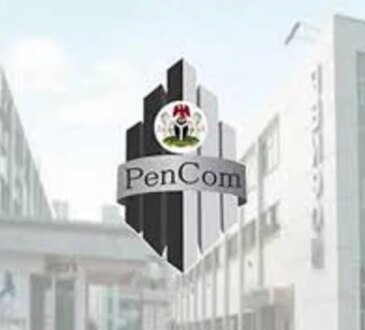
While some investors are already well versed in financial metrics (hat tip), this article is for those who would like to learn about Return On Equity (ROE) and why it is important. To keep the lesson grounded in practicality, we’ll use ROE to better understand ACG Metals Limited (LON:ACG).
Return on equity or ROE is an important factor to be considered by a shareholder because it tells them how effectively their capital is being reinvested. In simpler terms, it measures the profitability of a company in relation to shareholder’s equity.
Return on equity can be calculated by using the formula:
Return on Equity = Net Profit (from continuing operations) ÷ Shareholders’ Equity
So, based on the above formula, the ROE for ACG Metals is:
10% = US$9.3m ÷ US$90m (Based on the trailing twelve months to June 2025).
The ‘return’ refers to a company’s earnings over the last year. So, this means that for every £1 of its shareholder’s investments, the company generates a profit of £0.10.
See our latest analysis for ACG Metals
By comparing a company’s ROE with its industry average, we can get a quick measure of how good it is. The limitation of this approach is that some companies are quite different from others, even within the same industry classification. As is clear from the image below, ACG Metals has a lower ROE than the average (13%) in the Metals and Mining industry.
That certainly isn’t ideal. However, a low ROE is not always bad. If the company’s debt levels are moderate to low, then there’s still a chance that returns can be improved via the use of financial leverage. When a company has low ROE but high debt levels, we would be cautious as the risk involved is too high.
Most companies need money — from somewhere — to grow their profits. The cash for investment can come from prior year profits (retained earnings), issuing new shares, or borrowing. In the case of the first and second options, the ROE will reflect this use of cash, for growth. In the latter case, the debt required for growth will boost returns, but will not impact the shareholders’ equity. In this manner the use of debt will boost ROE, even though the core economics of the business stay the same.
It’s worth noting the high use of debt by ACG Metals, leading to its debt to equity ratio of 2.29. Its ROE is quite low, even with the use of significant debt; that’s not a good result, in our opinion. Investors should think carefully about how a company might perform if it was unable to borrow so easily, because credit markets do change over time.




